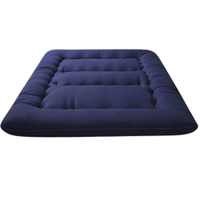I tried Amazon’s best-selling Japanese floor mattress — here’s what to know before buying
I slept on the MAXYOYO Japanese Floor Mattress, a best-selling futon on Amazon. But is it worth the money?

If you're in need of temporary bed, then you may want to consider a Japanese floor mattress. These traditional futons are designed to be foldable and compact, making them a great choice for trips, moving days, or accommodating overnight guests.
They're also a much more cost-effective and space-saving option than guestroom beds — which is why I decided to try Amazon's best-selling Japanese floor mattress when recently visiting family.
While I knew that the MAXYOYO Japanese Floor Mattress wasn't going to provide the same level of comfort as the best mattress of 2025, I still didn't know exactly what to expect from it. This popular futon is made of high-density foam, and the brand describes the firmness level as firm — so I knew that it would feel a lot different to my soft memory foam topper.
After sleeping on the futon, however, I can honestly say I was pleasantly surprised, but there are some things worth knowing if you're considering buying one. Here are the key things that I've discovered about these traditional Japanese floor mattresses — and what I think you should know before you try them out.
What is a Japanese floor mattress?
I go into more detail in my guide to what Japanese floor mattresses are, but Japanese floor mattresses are essentially quilted pads that resemble a slim memory foam mattress or bed topper. Thanks to their thin designs, these futons can be rolled up or folded away when not in use.
The Japanese floor mattress I've been sleeping on
After searching for the right futon, I decided to give the MAXYOYO Japanese Floor Mattress on Amazon a try. Its Amazon's No.1 best-selling futon mattress, and has over 9,000 reviews with an overall rating of over 4 stars (as of September 2024).
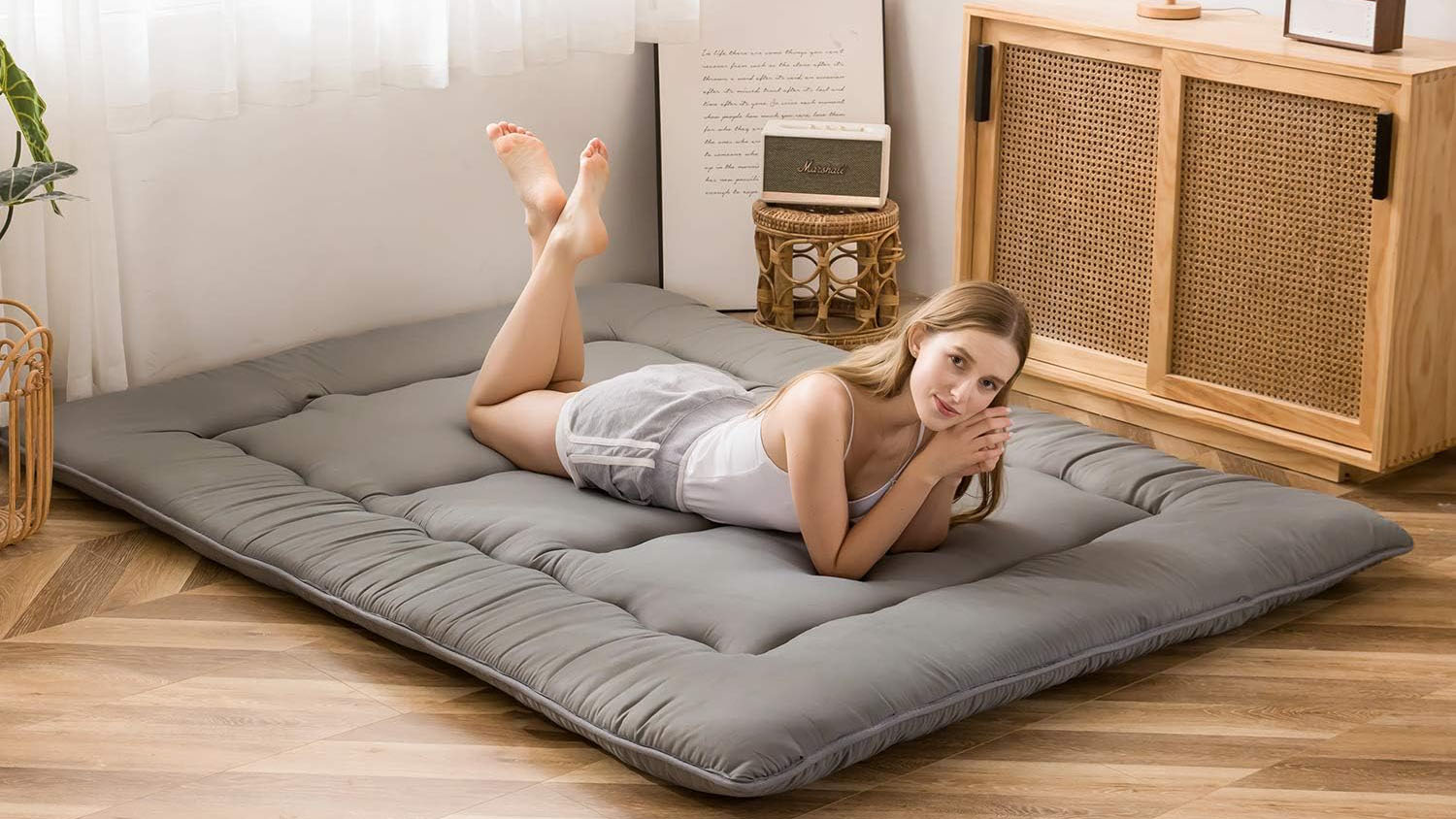
It's available in six sizes (cot, small single, twin, full, queen, and king) and there's 22 different colors and patterns (including pineapples and stars) to choose from. The mattress has a pillow-top design and is made from polyester filling and a middle layer of high-density foam designed to provide support.
The soft, smooth cover is made from microfiber, and MAXYOYO provides a zippable dustproof cover to keep the futon clean when not in use. Also included are straps (to keep the futon contained when rolled up and stored away), a storage bag with handles, and an instruction booklet.
The MAXYOYO Japanese Floor Mattress: from $69.99 at Amazon
The discount on the MAXYOYO Japanese Floor mattress varies depending on which size and color you pick, so I reccomend clicking through different colors of the size you want to see if there's any deals available. For example, a queen size in an off-white shade is now 35% off, bringing the list price of $168.89 down to $109.99. Free shipping and 30-day returns are also available.
The 5 things I discovered when trying a Japanese floor mattress for the first time
1. It takes 2-3 days to expand (but it likely won't take that long)
I naively expected my floor mattress to be ready to sleep on the day it was unboxed, but then I remembered that it's still essentially a mattress-in-a-box, and they all need time to expand.
Luckily, a family member was taking a holiday and would arrive back in a few days, so I had a place to sleep for the time being. However, if you're accommodating overnight guests soon, don't leave buying this futon to the last minute.
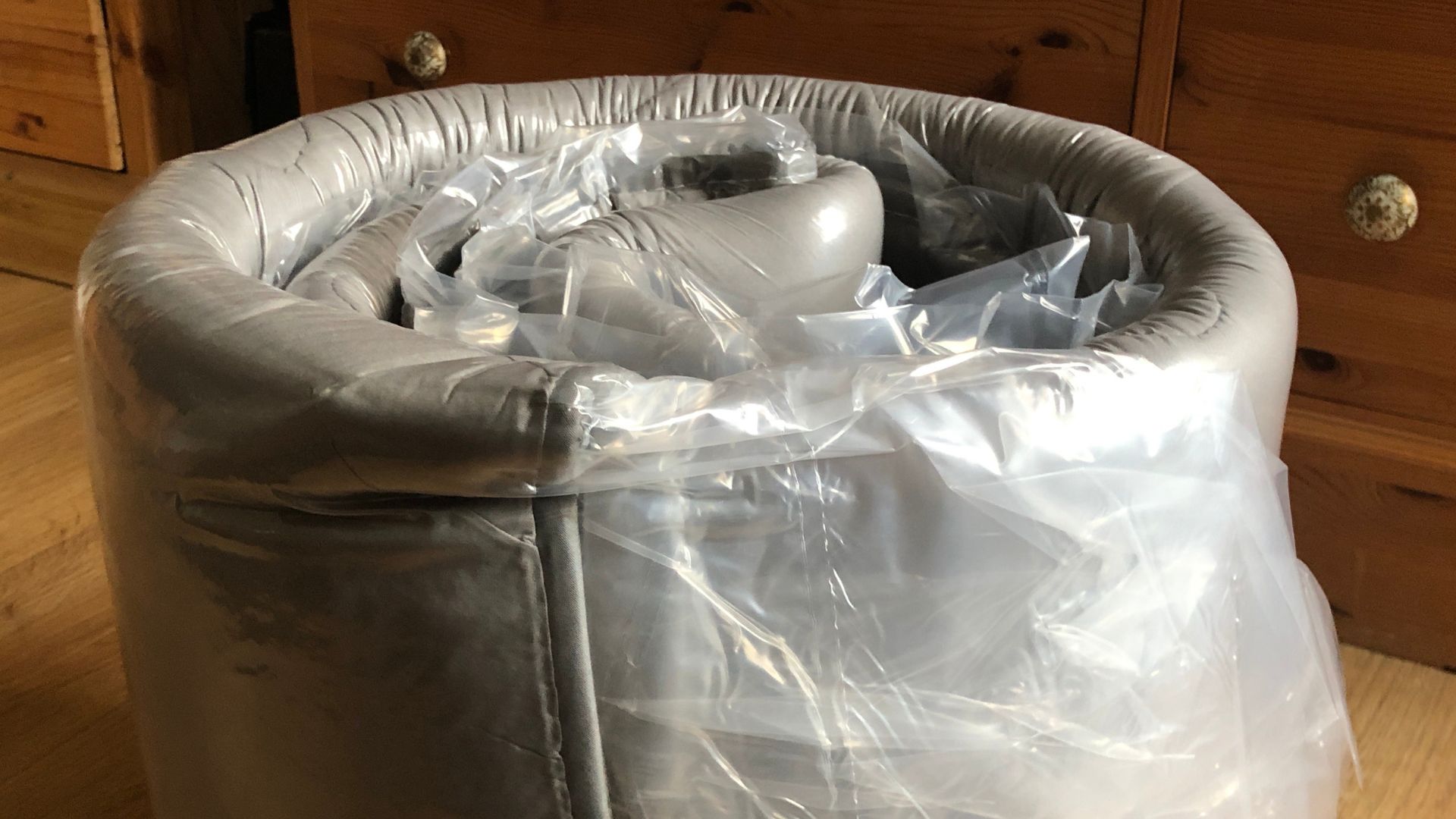
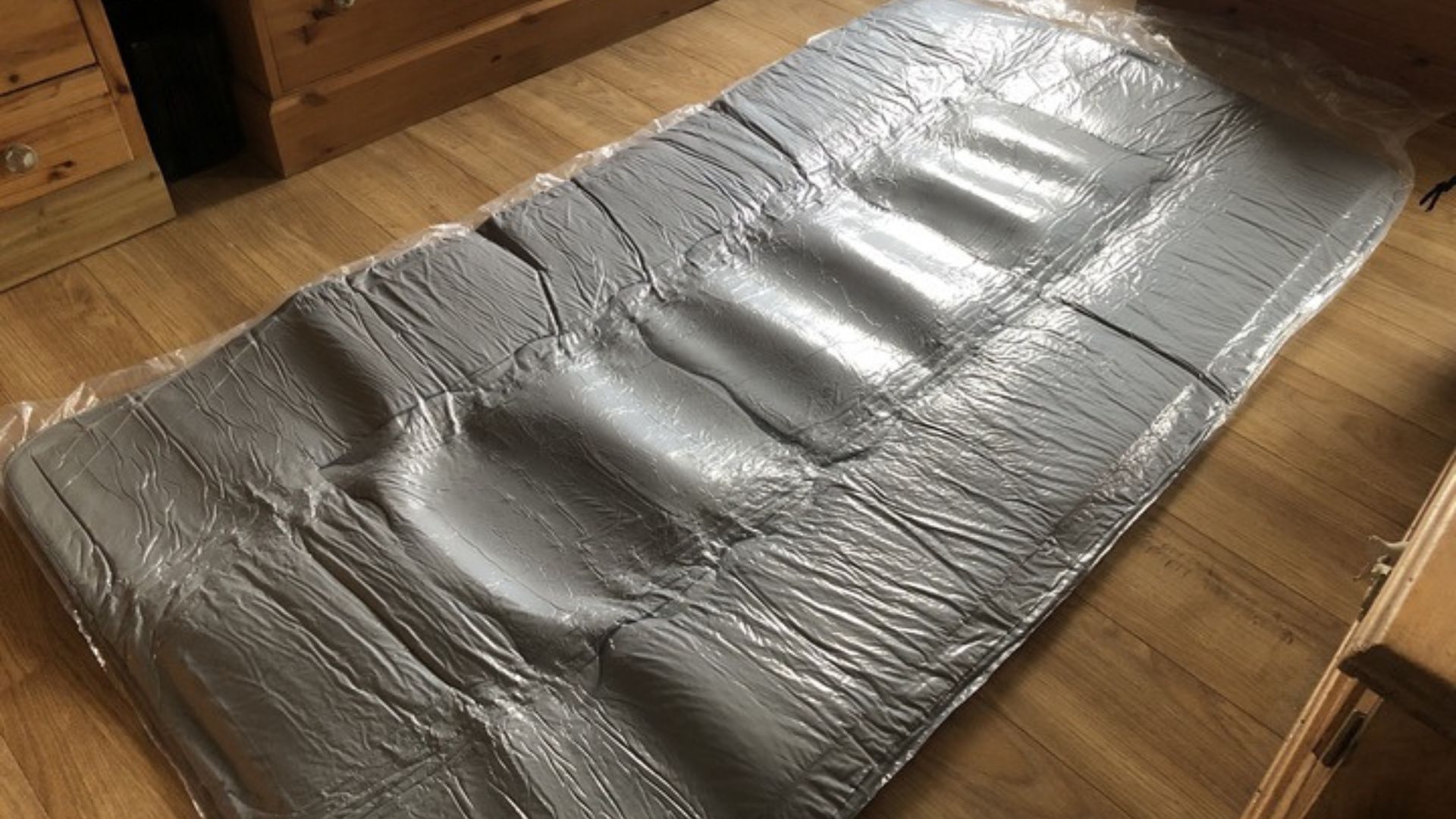
However, I honestly think it should be ready to sleep on within a couple of hours. When I unboxed and set up the mattress (which actually went smoothly with zero off-gassing), it was vacuum-packed but began expanding to its original shape immediately after I cut the plastic wrapping.
2. Put your futon on a tatami mat (or hard flooring)

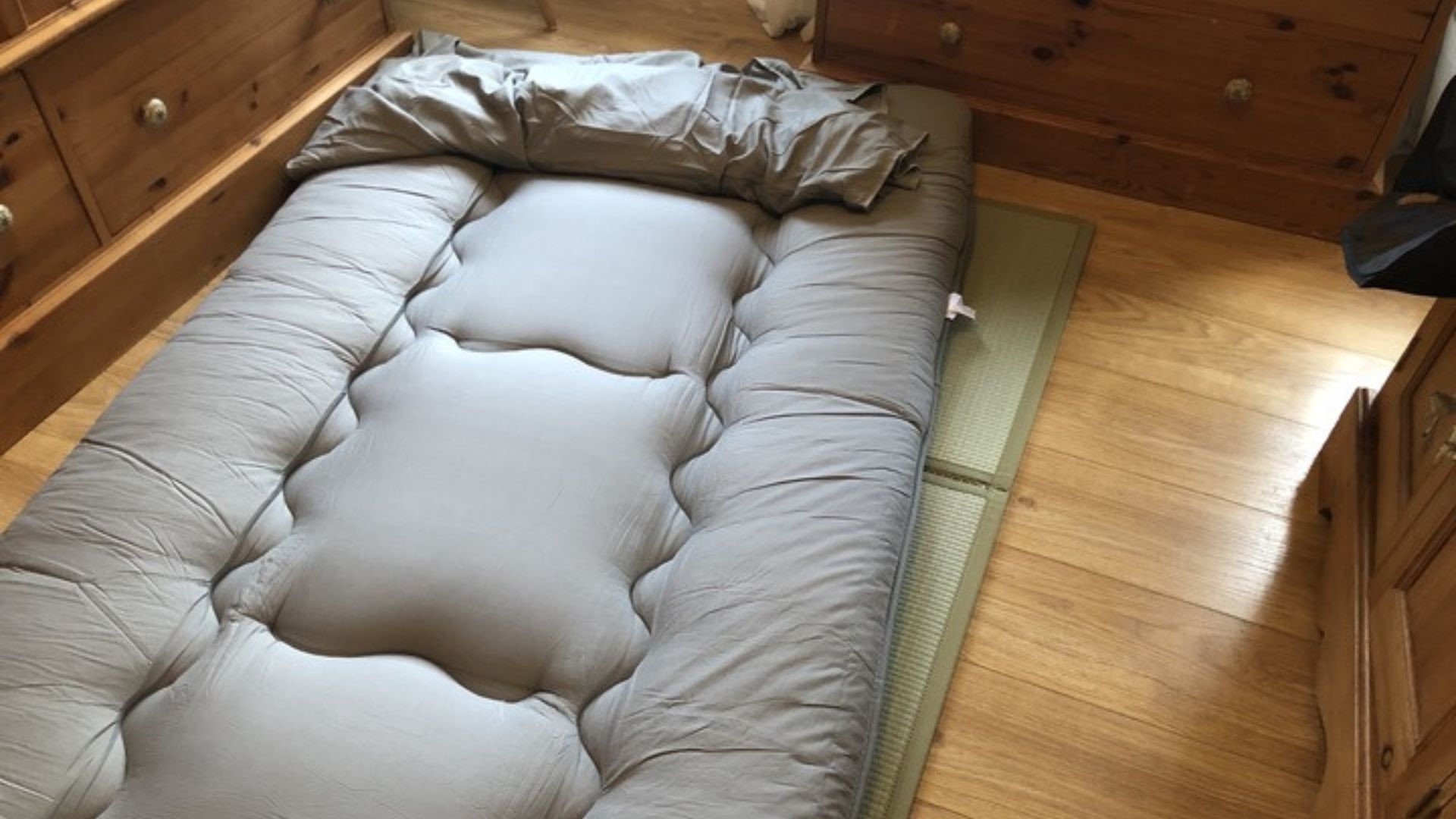
I also got the FULI Tatami Mat from Amazon, which I placed underneath the floor mattress. Why? Tatami mats are moisture-absorbing straw mats that are designed to keep the mattress dry and boost its comfort and support. The mat kept my floor mattress clean and provided a nice base for it, too.
However, I understand that you may not want to purchase a tatami mat as well, which is why I recommend putting your mattress on hard flooring instead of carpet. Hard flooring will keep the mattress cool and supported, as it allows air to circulate. Carpet may cause the mattress to sleep warm and weaken its support.
3. It's pretty bulky even when folded up
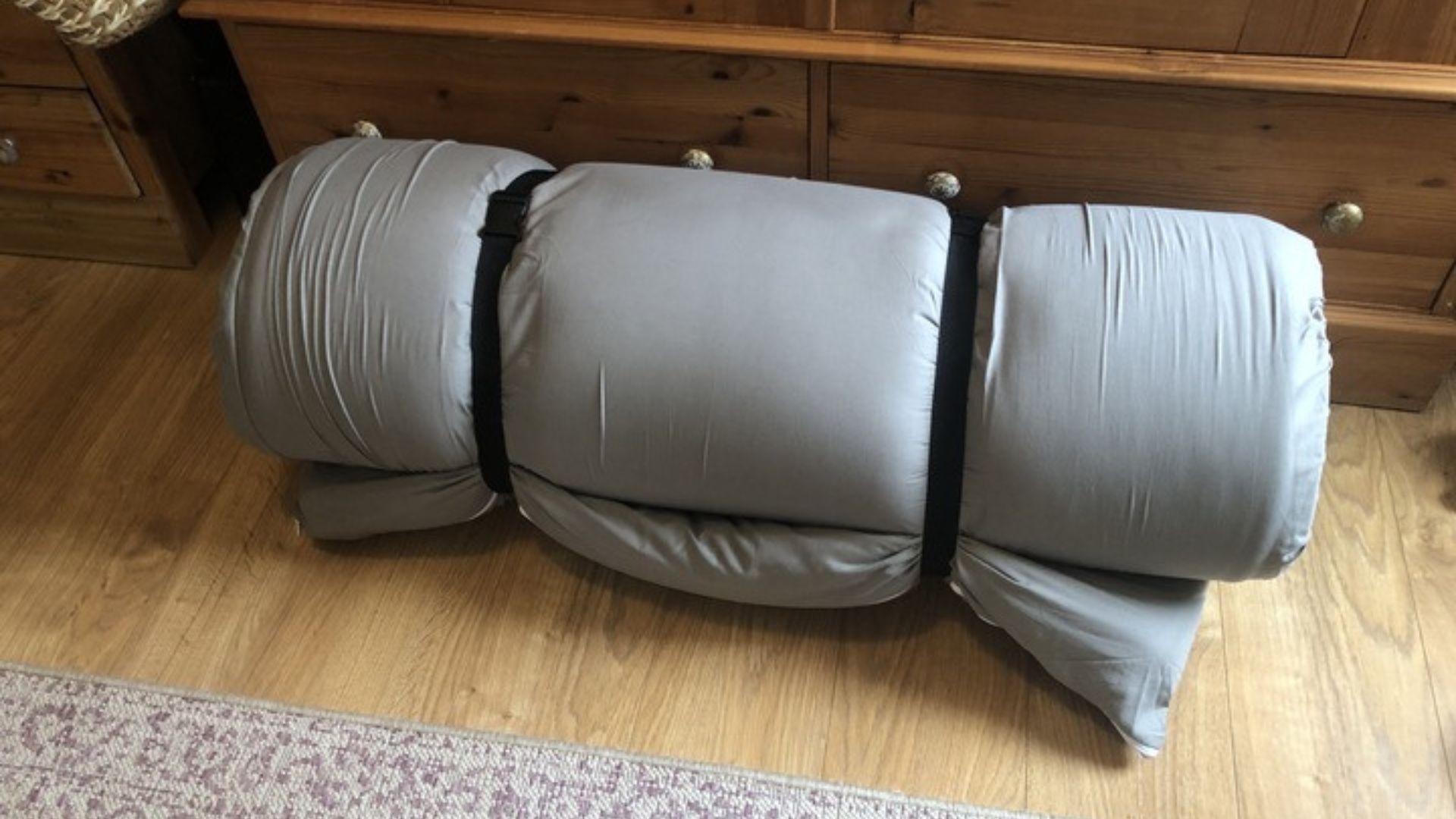
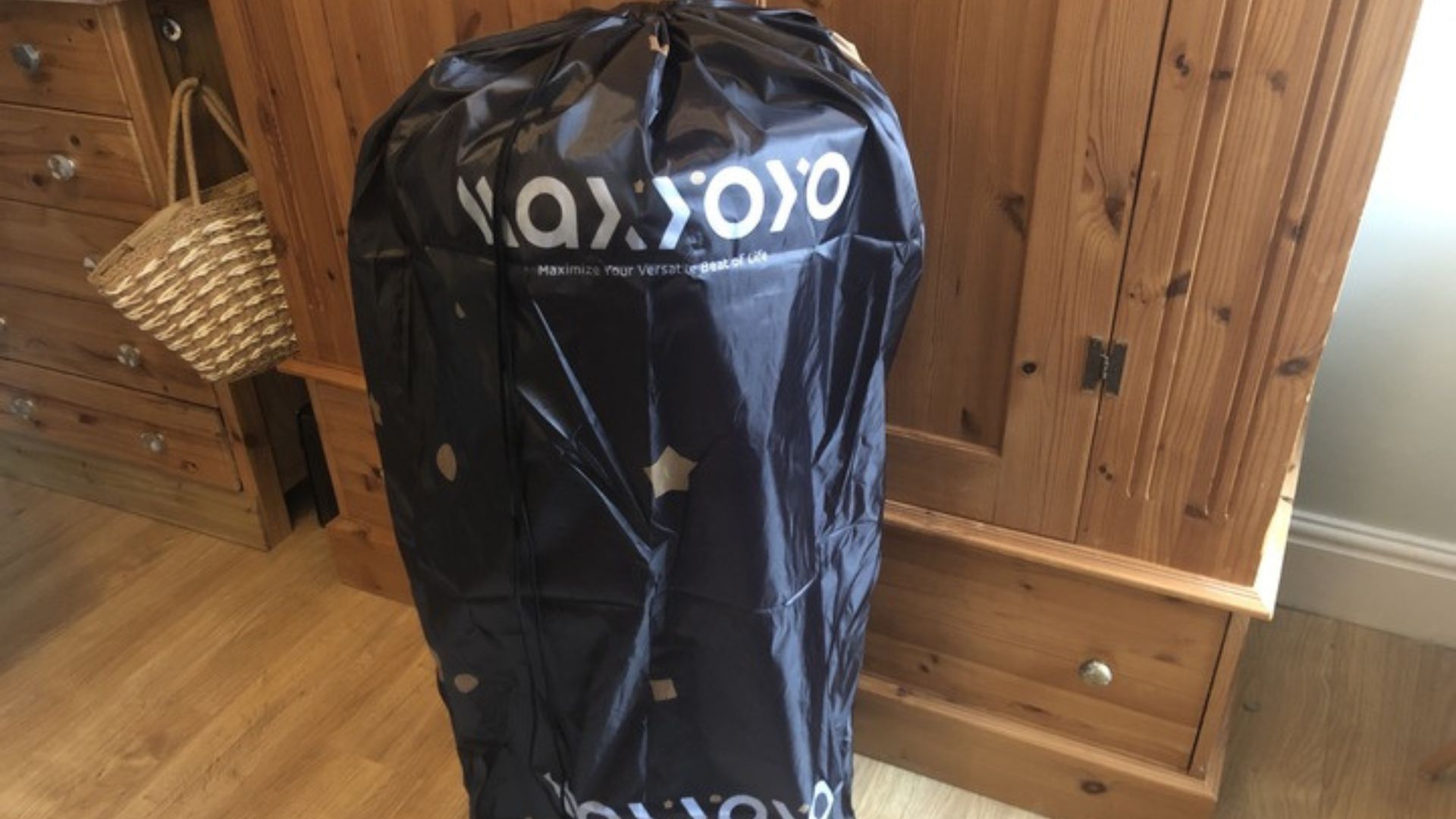
While the main appeal of a Japanese floor mattress is its ability to provide a compact, space-saving design and on-the-go support, keep in mind that they can be bulky when rolled up. I ordered one of the smaller sizes, and it still took up a lot of space when stored away.
Luckily, storing it away wasn't so hard as MAXYOYO provided two straps (to keep the mattress condensed when rolled up) and a branded storage bag. However, if you decide to purchase a cheaper floor mattress from a different brand, make sure to buy straps, a cover, and a bag for storage.
4. It's surprisingly comfortable as well as supportive
So, this is probably the part your most interested in: is it actually okay to sleep on?
As a lightweight side sleeper who's recently been sleeping on an ultra-cushioning memory foam topper, I was surprised how comfortable and supportive the mattress was. Your mattress can make your sleep worse, so I was pleased that wasn't a problem here.
While it didn't provide the amount of pressure relief as the best mattresses for side sleepers, it felt much comfier than the firm innerspring mattress I'd previously slept on. In fact, not once did I feel like I was sleeping on the ground. I even forgot that I wasn't in my own bed when I woke up in the morning.
5. Use the dust cover when not in use
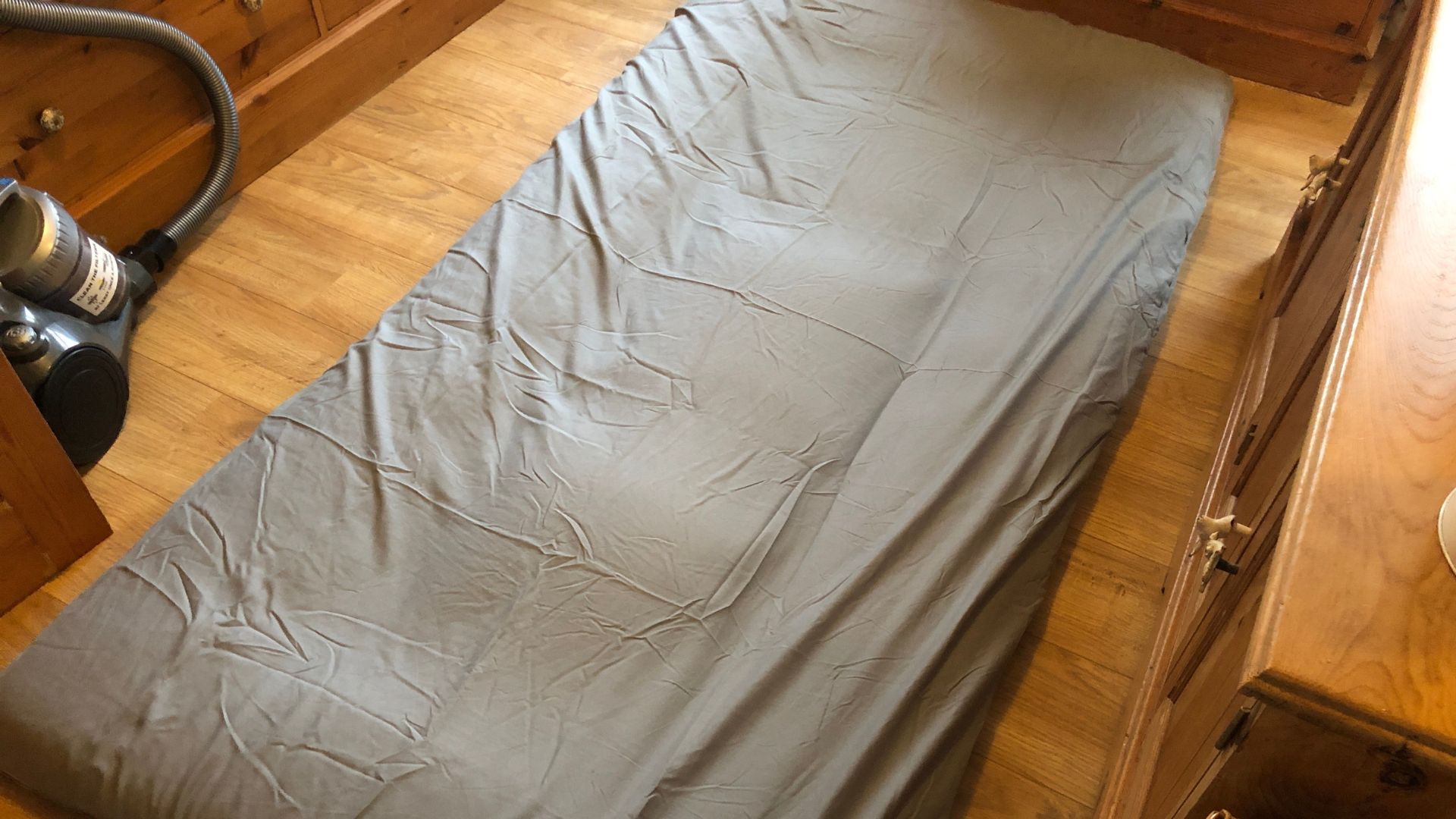
When I left the futon to expand, I made sure to put the provided dustproof cover on straight away. This allowed me to leave the mattress on the floor for 48 hours without having to worry about it getting dirty.
On a side note, MAXYOYO do advise leaving your Japanese floor mattress to expand outside in the sunlight. However, a rainy week rendered that impossible for me, but it is still a good idea to keep your mattress in bacteria-killing direct sunlight if you can.
Is the MAXYOYO Japanese Floor Mattress worth it?
The benefits of MAXYOYO Japanese Floor Mattress
✅ It's cheaper and smaller than a guest bed. The MAXYOYO Japanese floor mattress is much cheaper and space-saving than buying a brand new mattress and bed frame for a guest room.
✅ It comes with a dustproof cover, straps, and a storage bag. A dust cover keeps the futon clean, while the straps and storage bag makes storing it away easier.
✅ It's supportive without being too hard. Its firm feel and pillow top design means there's a good balance of firm support and cushioning comfort.
The drawbacks of MAXYOYO Japanese Floor Mattress
❌It needs time to expand. While I found that the mattress regained its shape within an hour of unboxing, the brand still recommends leaving it to expand for at least 48 hours in the sun - a problem if guests are arriving soon or you don't have the space or sunny weather to leave it expand.
❌You need a hard surface. Floor mattresses can provide breathability and support - but only if placed on hard flooring. This can create a problem if your home is mostly carpeted - so you may have to purchase a tatami mat, too.
❌ You may need help putting the mattress away: While some people will be able to fold up the smaller-sized floor mattresses by themselves, the floor mattress is still bulkier than a mat. You may need to recruit someone to help you roll it up and store away, especially if you opt for a full, queen, or king.
Sign up to get the BEST of Tom's Guide direct to your inbox.
Get instant access to breaking news, the hottest reviews, great deals and helpful tips.

Frances Daniels is a PPA-accredited journalist and Sleep Staff Writer at Tom's Guide with an MA in Magazine Journalism from Cardiff University. Her role includes covering mattress and sleep news and writing sleep product reviews and buyer's guides, including our Best Hybrid Mattress 2025 guide. She is hugely interested in the relationship between good sleep and overall health, interviewing a wide array of mattress and sleep experts to create well-informed articles about important topics such as nutrition, sleep disorders (from sleep apnea to night terrors), lucid dreaming, sleep hygiene, and mattress care. She is also our specialist on mattress toppers — producing mattress topper reviews and taking care of our Best Mattress Toppers 2025 guide — and takes the lead on all content related to fiberglass-free mattresses for a clean, non-toxic sleep. Outside of Tom's Guide, she has written for Ideal Home, Homes & Gardens, and Marie Claire.
